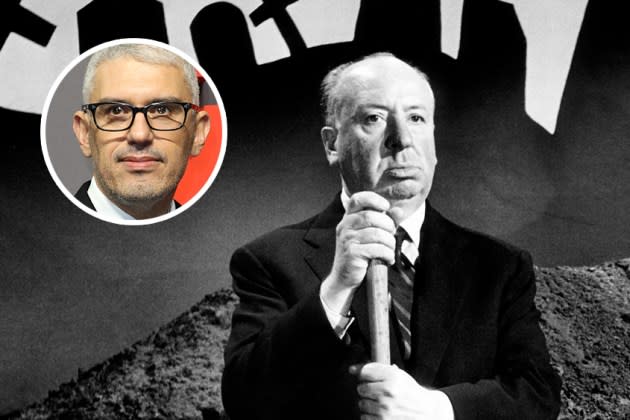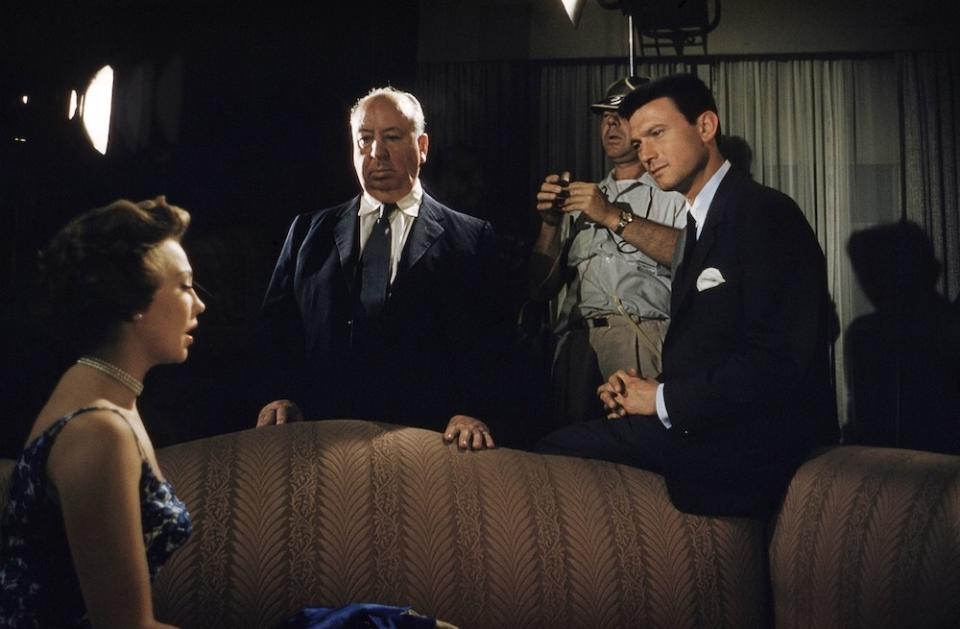Sam Esmail on ‘Alfred Hitchcock Presents’: ‘It Has Nothing to Do With Morality’
- Oops!Something went wrong.Please try again later.

As part of Variety‘s 100 Greatest Television Shows of All Time issue, we asked 12 of our favorite creators of television to discuss the series that inspire and move them. Check out all the essays, and read our full list of the best TV shows ever made.
When I was 12, my TV diet consisted of ’80s procedurals like “Knight Rider” and “The Incredible Hulk.” My impression of TV, then, was that it was visually static and repetitive, with the same formula every week — and, of course, a morally righteous main character. So when I discovered “Alfred Hitchcock Presents” on Nick at Nite, it blew up every notion I had about storytelling.
More from Variety
Bob Odenkirk on 'The Royle Family': 'This Is a Beautiful Piece of Art'
Mimi Leder on 'Reservation Dogs': 'I Watched It in a Constant State of Tears and Laughter'
The first episode I ever watched was called “One More Mile to Go,” directed by Hitchcock himself. I remember so vividly the way it opens: There’s a great exterior shot of the house, and you’re watching through the windows as a couple is fighting. Then the husband strikes his wife dead with a poker. Now, we’re with this murderer as he’s cleaning up the mess, putting his wife’s body in the trunk of his car, and taking off to presumably dump her somewhere.

Later, I would constantly hear about how TV was a writer’s medium, which always felt silly to me. It’s clearly not: TV is and always has been a visual medium. And the visual medium belongs to the filmmaker, not just the writer. So to watch this opening, which is essentially wordless, and to see how the story is conveyed through compositions, camera moves, angles, inserts — it was all brand-new to me. It felt like I was watching true, pure visual storytelling for the first time. And I found myself following and rooting for a murderer.
That’s the uncanny thing about Hitchcock: He found a way to align you with these unscrupulous characters, and get you to root for them. Because he understood that the central alignment you have about character is psychology. It has nothing to do with morality.
But even though these episodes touched upon dark places of the human psyche, they were playful and self-aware. Hitchcock’s own throws to and from commercials had these quips about the haunting, dark thing he’d left us on. There are a lot of shows that can get too dark, without any breathing room. But Hitchcock didn’t let it become a somber watch — it was a roller coaster instead. He could walk that tightrope between the dread we can feel about the darkness of humanity and the way that we can laugh at it. Most of all, the guy was an entertainer.
Sam Esmail, the creator of the television series “Mr. Robot,” wrote and directed the film “Leave the World Behind.”
Best of Variety
Sign up for Variety’s Newsletter. For the latest news, follow us on Facebook, Twitter, and Instagram.

